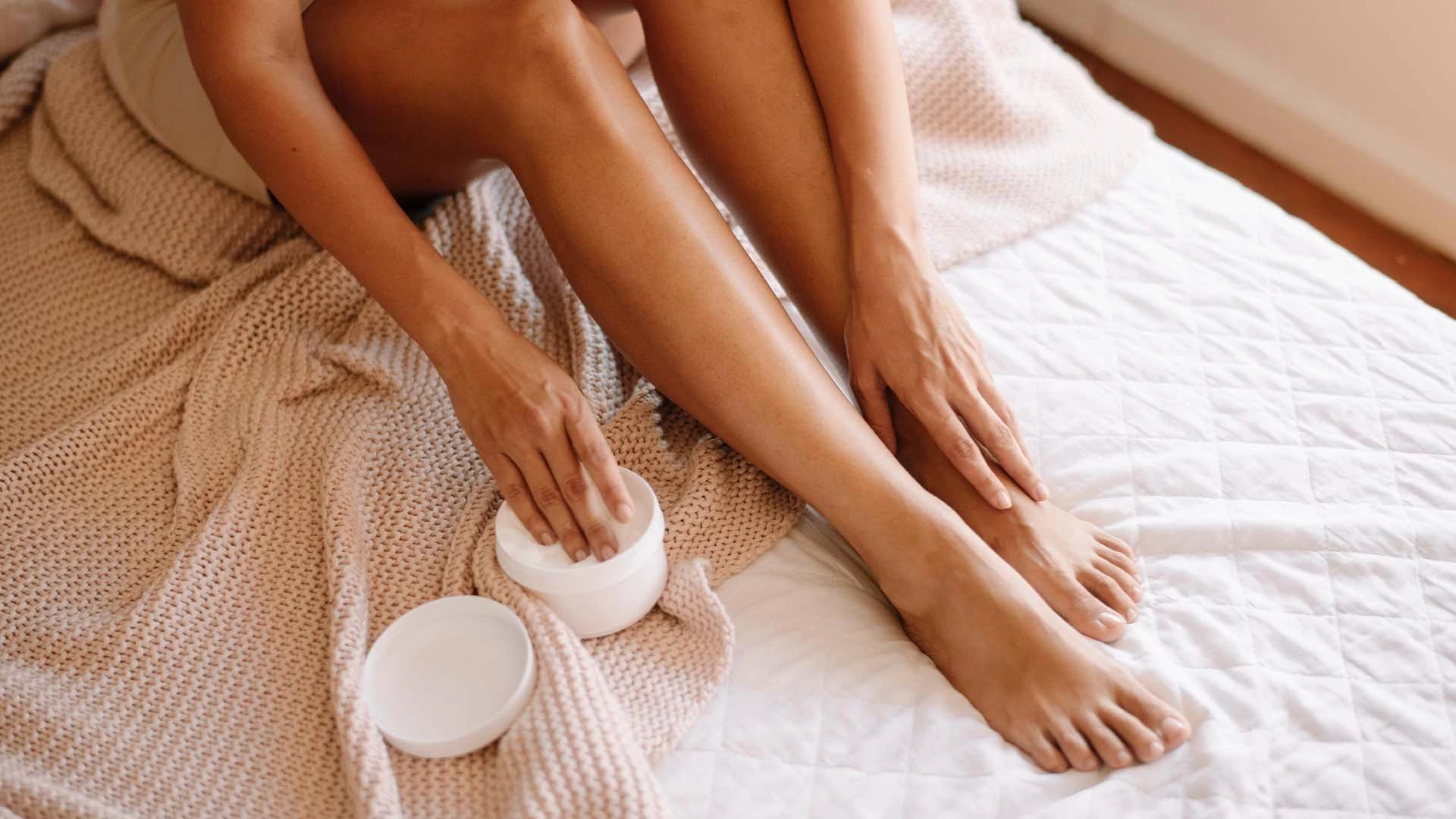Real talk—your skin deserves more than whatever leftover cleanser happens to be lying around. Building a proper skincare routine for women isn't just about following trends; it's about understanding what your skin actually needs and giving it the TLC that works. Whether you're dealing with stubborn breakouts, dry patches, or just want that natural glow everyone keeps talking about, having a step-by-step approach makes all the difference. The best part? Once you nail down your routine, it becomes second nature—like that morning coffee you can't function without.
Understanding Your Skin Type
Before diving into products and routines, let's sort out the foundation: knowing your skin type. This isn't just skincare jargon—it's genuinely the key to everything that follows. Skin type analysis helps you choose products that actually work with your skin, not against it.
Oily Skin Characteristics
If your T-zone could power a small lamp by midday, you've likely got oily skin. Look out for enlarged pores, frequent breakouts, and that shiny finish that appears hours after cleansing. Your skin produces excess sebum, which isn't necessarily bad—it just needs the right balance.
Dry Skin Indicators
Dry skin feels tight, especially after washing, and might show visible flaking or rough patches. You'll notice fine lines more easily, and your skin often feels like it's constantly thirsty for moisture. Hydration importance becomes crystal clear when you're dealing with this skin type.
Combination Skin Features
The most common skin type, combination skin means your T-zone (forehead, nose, chin) tends to be oilier whilst your cheeks remain normal to dry. It's like having two different skin types on one face—fun times, right?
Sensitive Skin Signs
Sensitive skin reacts quickly to new products, weather changes, or stress. You might experience redness, burning, or stinging with certain ingredients. If your skin throws tantrums over the smallest changes, you're likely in this category.
Essential Steps in a Daily Skincare Routine
Every solid skincare routine follows the same basic structure, regardless of your skin type. Think of it like building a house—you need a strong foundation before adding the fancy bits. These essential steps form the backbone of any effective routine.
Cleansing Techniques
Facial cleansing steps start with choosing the right cleanser for your skin type. Oily skin benefits from gel or foaming cleansers, whilst dry skin prefers cream or oil-based options. Always cleanse with lukewarm water and gentle circular motions—no scrubbing like you're washing dishes.
Toning Benefits
Toners prep your skin for the products that follow whilst balancing your skin's pH. Look for alcohol-free formulas that add hydration rather than stripping moisture. Pat it on with your hands or a cotton pad—whatever feels right for you.
Serum Application
Serums are like concentrated treatments for specific skin concerns. Whether you're targeting dark spots, fine lines, or hydration, serums pack a powerful punch. Apply them to clean skin before moisturiser for maximum absorption.
Moisturising Methods
Proper moisturising techniques matter more than you might think. Apply moisturiser to slightly damp skin for better absorption, and don't forget your neck. Even oily skin needs moisture—just opt for lighter, gel-based formulas.
Sunscreen Protection
Sunscreen application is non-negotiable, even on cloudy days. Use at least SPF 30 and reapply every two hours if you're outdoors. Your future self will thank you for this daily habit.
Morning Skincare Routine
Your morning routine should protect and prep your skin for the day ahead. Keep it simple but effective—you want something sustainable that won't make you late for everything. Morning routines focus on hydration and protection rather than heavy treatments.


 200ml
200ml Combo
Combo COMBO
COMBO COMBO
COMBO